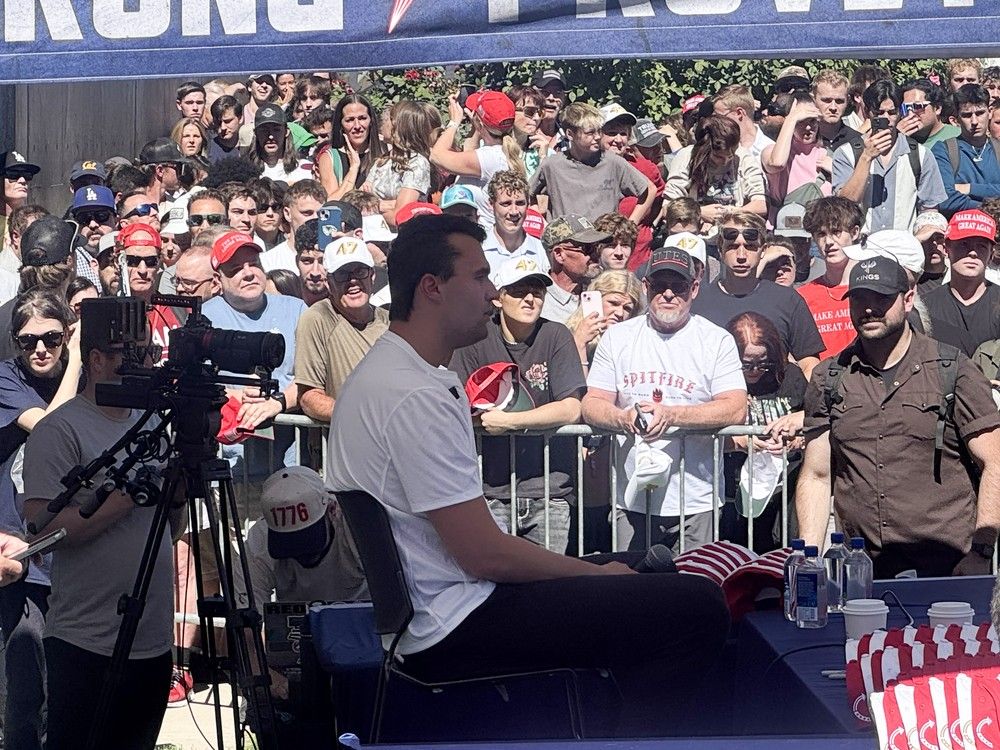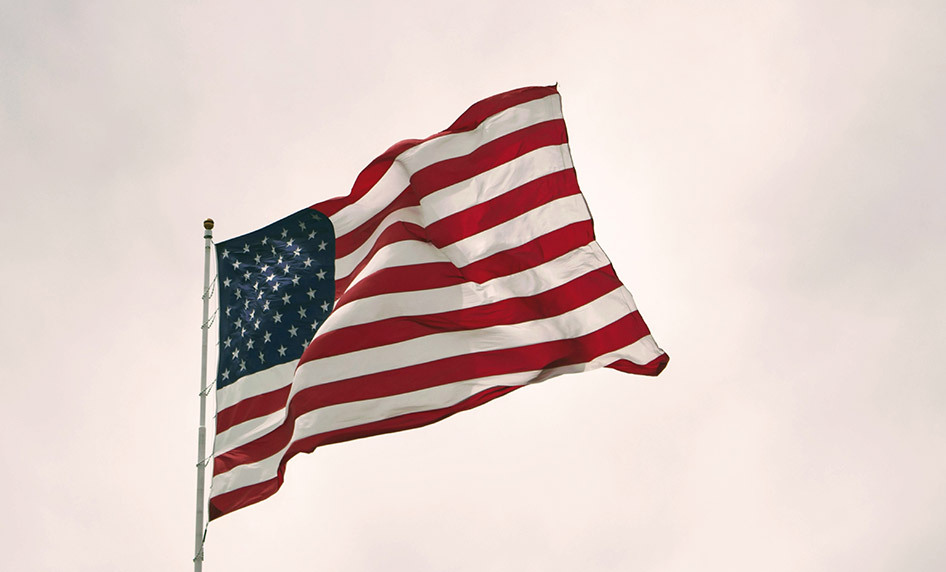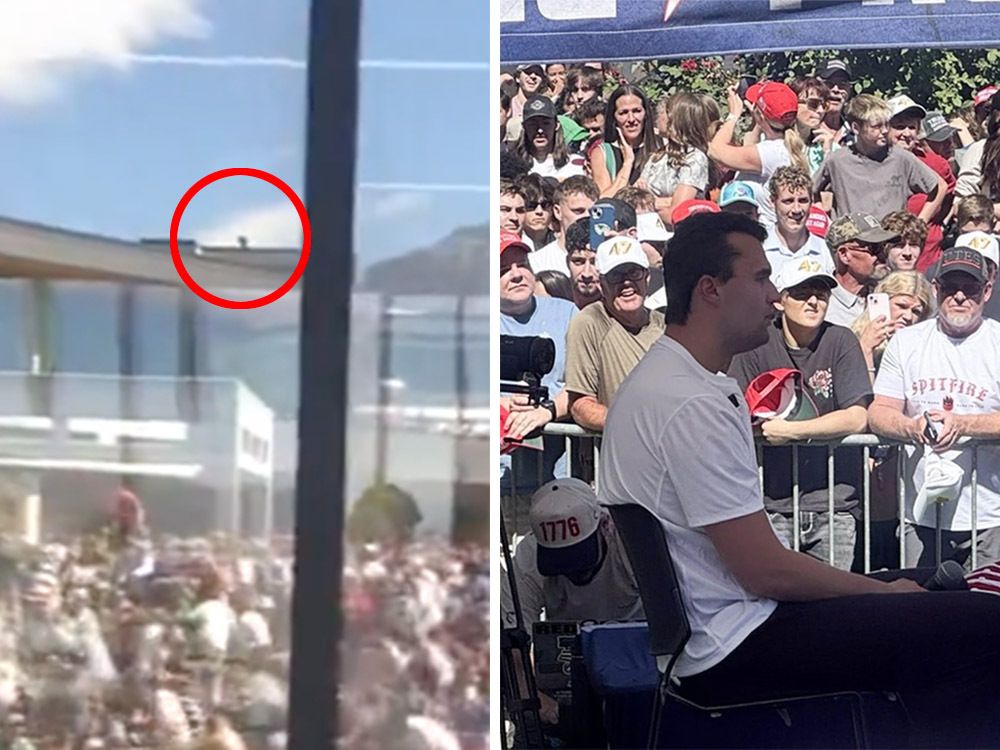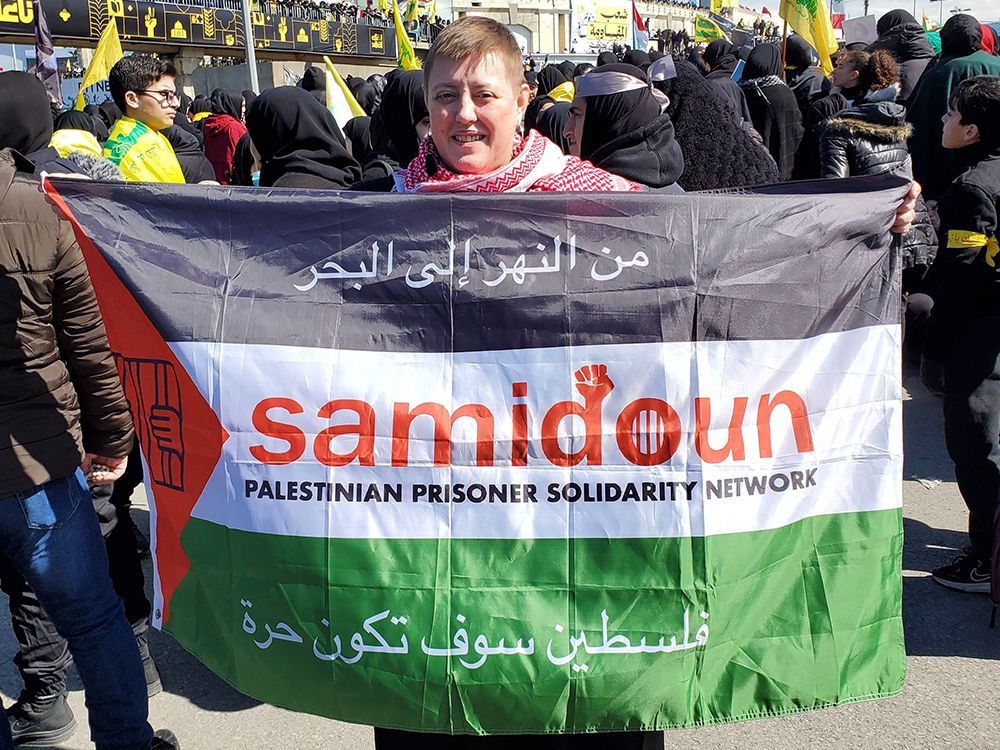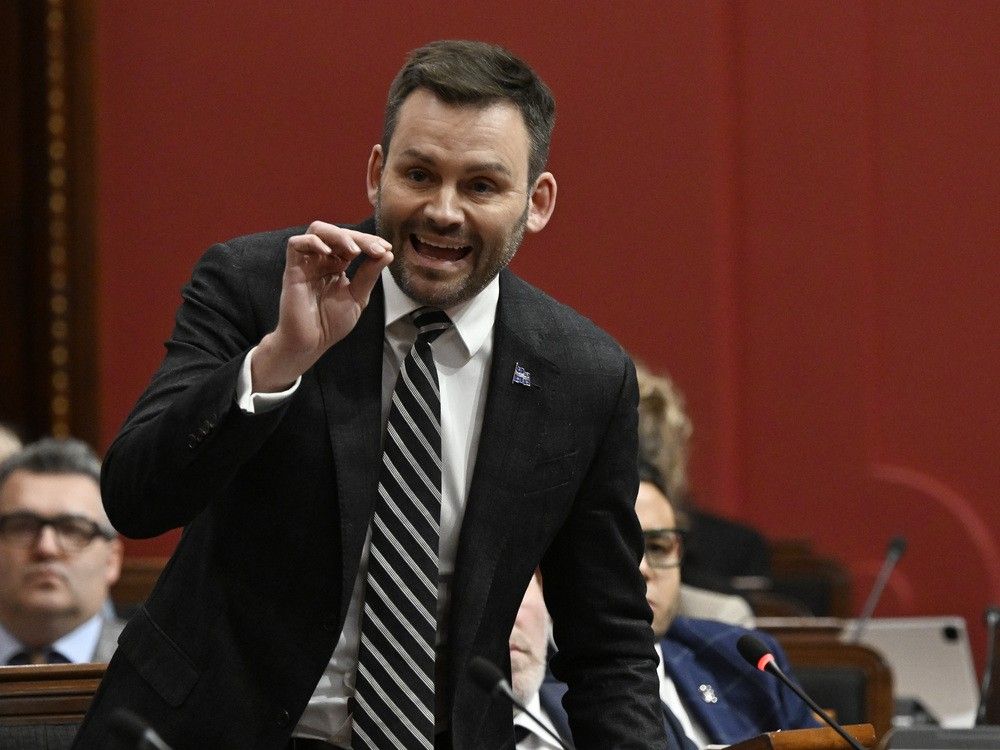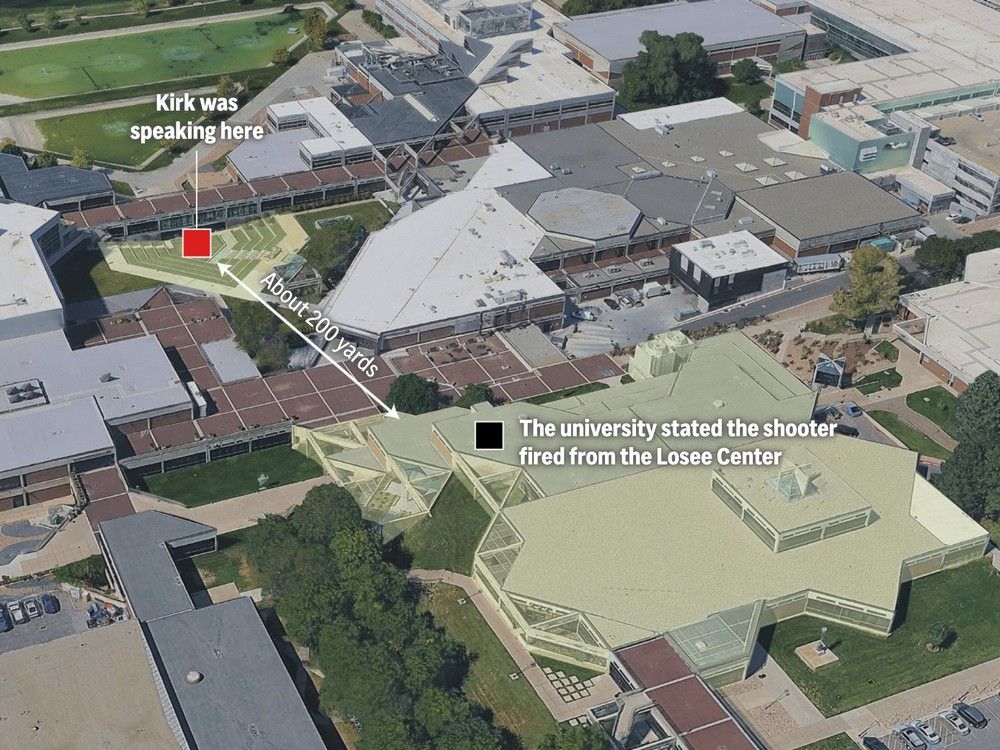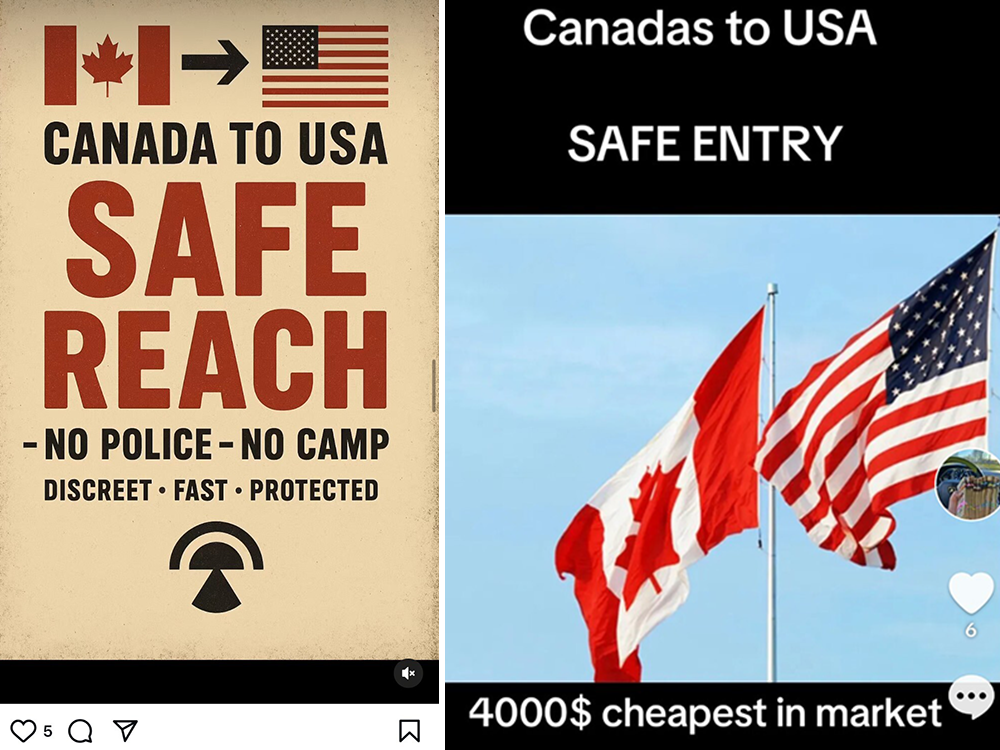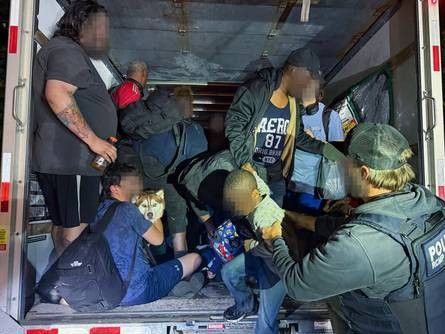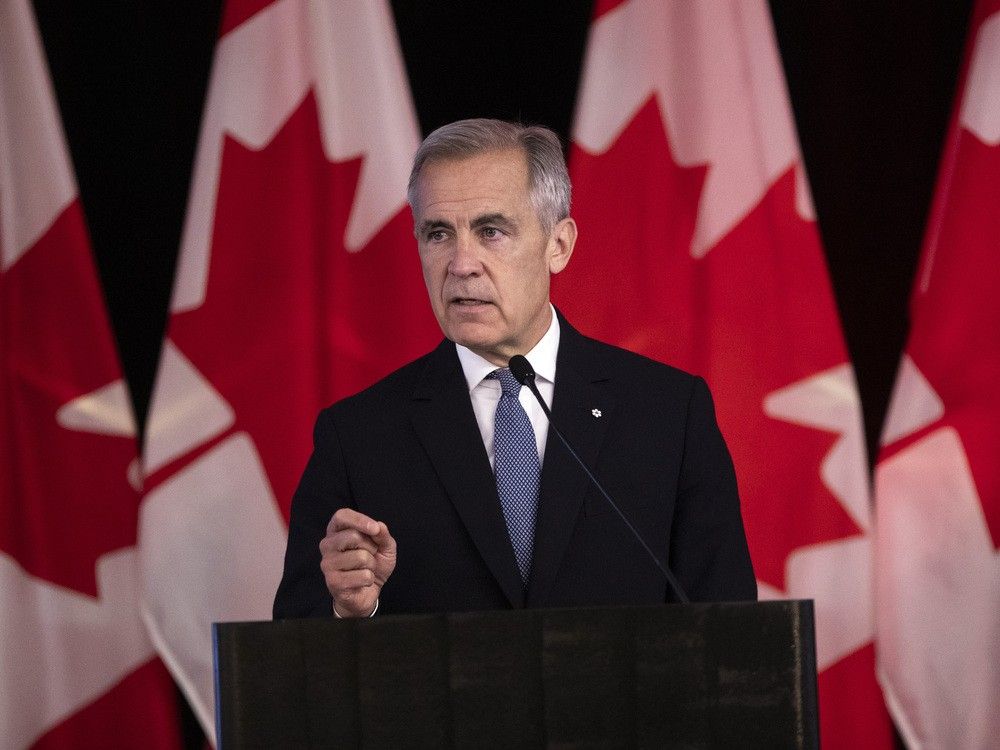
A silver Toyota minivan pulls into a bank parking lot in Toronto’s west end.
Two young Punjabi men step out and start looking around for their client, a woman they’ve been communicating with over the previous days through texts and calls.
She has agreed to pay them $4,000 to be smuggled south across the border into the United States.
The two men believe the woman is waiting for them inside the bank.
Speaking Punjabi, they message and call her, asking her to come outside and join them in the car to begin the journey.
But in reality, there is no woman waiting in the bank.
Instead, reporters from the
Investigative Journalism Bureau
(IJB) are observing the scene as part of a months-long investigation into a burgeoning industry of underground human smuggling networks.
The networks brazenly advertise two main services on major social media platforms: human smuggling in both directions across the Canada-United States border, and selling apparently bogus, or falsely obtained, immigration visas for Canada at street prices of up to $40,000.
Despite the federal government’s
$1.3-billion investment in tighter border security
— which includes a dedicated border czar, 24/7 surveillance, drones and Black Hawk helicopters — entrepreneurial smugglers and visa sellers continue to circumvent Canadian immigration laws.
The number of human smuggling cases opened by the Canada Border Services Agency (CBSA) is set to hit a record high over the previous five years. CBSA data shows it opened 70 cases linked to human smuggling as of mid-August, an average of nearly 10 a month compared to only 2.5 a month in 2021. That’s a 280 per cent increase.
Asylum claims surged by 523 per cent between January and July this year at a border crossing south of Montreal — the same area where online smuggling advertisers told IJB reporters they could safely transport clients south across the border.
U.S. Attorney General Pam Bondi recently said smuggling has “gotten much worse” at the Canadian border.
At least part of this traffic may be attributable to the activities of online criminals.
The imagery posted of some of the accounts connected to the smuggling and visa ads often feature Indian men posing in Ontario-plated cars. In some photos, they are holding handguns and rifles. One video posted by a person connected to a range of online accounts shows a man cocking a pistol in a car. Using landmarks, reporters geolocated the video to a strip mall in Brampton.

In a statement, the CBSA said it was “aware of the presence of international organized crime groups in Canada and is always working to prevent and disrupt their Canadian operations… Criminal organizations seek to profit from the desperation and vulnerability of others, often including people affected by geopolitics and international conflicts or crises.”
Reporters gathered and analyzed hundreds of Instagram ads pitching covert passage across the Canada-U.S. border by land. “Montreal to New York safe reach, no police,” reads one post.
The IJB responded to one of these ads to arrange the meeting in the bank parking lot.
Other ads also feature the promise of entry to Canada by air, mostly from India, with the help of visas and direct flights. Some accounts advertise both services.
“Canadian business visa within 15 days DM (direct message) for more information,” says one ad showing a would-be letter from the Canadian government regarding a residency application.
Travel documents have been offered for sale for years on harder-to-access channels like the dark web. Now, these documents have become widely available on the biggest social media platforms, reaching an enormous prospective marketplace.
Some of these ads garner hundreds of thousands of views, and some accounts have existed for nearly two years.

A statement from Meta, which owns Instagram, says “we prohibit human smuggling content or services on our platforms, and we remove such content when we find it.”
The company took down four accounts that advertised illicit immigration services after the IJB shared a selection of posts with the company.
“In this case, our teams reviewed and removed the content and accounts that violated our human smuggling policies,” a spokesperson said. “This is an adversarial space with groups constantly evolving their techniques to evade detection, and despite our ongoing investments, we know that there will be examples of things we miss or we take down in error.”
The CBSA said it is “aware that some travellers may attempt to use fraudulent or fraudulently-obtained documentation to gain entry to Canada. CBSA officers are trained in interview, examination, and investigative techniques – including on how to identify fraudulent documents.”
The statement also says the RCMP is responsible for enforcing the law at illegal entry points.
In a statement, the RCMP said it “is committed to disrupting illegal human smuggling, including the growing threat of online advertisements… We are actively targeting individuals and networks profiting from online advertisements promising the safe passage of illegal migrants into Canada or out of Canada.”
But federal agencies currently face long-shot odds trying to stop illegal immigration schemes targeting Canada, say some security experts.
When it comes to sophisticated and organized illegal immigration operations, “the odds are pretty good that, most of the time, they’re going to get their way with it,” said Arne Kislenko, a national security expert and former senior immigration officer at Toronto’s Pearson International Airport throughout the 1990s.
“They are usually ahead of the curve…. meaning that they are usually well-aware of policy changes that usually have a great ability to adapt, whether it’s technically or operationally…They always seem to be one step ahead of you.”
The smugglers
To make contact with those breaching Canada’s borders, IJB reporters created fake social media accounts to explore online pages where illicit services are offered. Quickly, thousands of posts were found, with some even appearing as paid advertisements on Instagram.
Posing as prospective clients, reporters contacted people advertising both border smuggling and visa services to learn about their business models, pricing and methods. Reporters found a network of often interconnected accounts that offer similar services.
Becoming a client of a border smuggler was easy: reporters simply texted a phone number advertised in a social media post. Many of the posts show testimonies from people who claim to have crossed the border safely and quickly in both directions.
The text messages often moved to phone calls, as reporters spoke with several different providers of smuggling services and visa offerings over two months. Most of those conversations were in Punjabi, the language mainly spoken in India’s Punjab region. Some were in English.
Smugglers who take people by land across the U.S.-Canada border typically quoted fees of around $4,000 for safe and undetected passage, via crossings in Montreal and northern New York.
In the case of the Toronto bank parking lot encounter, arranging the meeting involved communicating with smugglers who had different phone numbers with area codes in British Columbia, Toronto and South Carolina.
They promised they would drive the woman to Montreal and guide her illicitly across the border into New York state. In her case, payment was to be made via bank transfer from inside the car. The men even offered to connect the woman with a contact in New York to get her a job.
“I’ve booked a shared ride to Montreal, ok,” one message read, indicating other clients would join the same ride.
“Be ready in the morning, sister.”
After the car arrived in the parking lot, reporters covertly photographed two men who repeatedly got in and out looking for the woman.
“Where are you at? The driver is at your location,” messaged a smuggler, suggesting that they were a dispatcher who was not on the scene but who sent the drivers to the pickup.
The car is registered to a man with a home address in Hamilton.
After a few minutes, reporters ended the interaction.
“Scared, cancelling plans,” reporters responded in a text message. “Not coming.”
“Sister, why? What happened? Talk,” the dispatcher said.
The drivers left 10 minutes later. But the dispatcher kept messaging, asking the woman to reconsider
“Pick up the call.”
In a second scenario, an IJB reporter asked to be smuggled in the opposite direction — from upstate New York to Canada.
They were instructed, in Punjabi, to take a bus from Schenectady, New York, to Pittsburgh, Pennsylvania. From there, an associate of the smuggler would pick them up and drive them to the land border. No police would be around to intercept them, they were assured. The client would then be taken to Montreal, where they would pay the smuggler $4,000 after a safe crossing.
In a third interaction, reporters posing as clients arranged to be picked up by smugglers at an east-end Toronto mall and driven to Quebec.
“Montreal to new york bro. By car. Same day reach. One hour walk,” a smuggler messaged, adding that “crossing is only possible on walking” and that a group of five clients would be guided by the smugglers over the phone. Reporters were told that once in New York, clients would be picked up in a car and would need to stay the night with the U.S.-based smugglers.

Soon after, reporters were texted by a smuggler that a Volkswagen Jetta was arriving at the rendezvous, the vehicle showed up at the mall parking lot. A young male stepped out and as he looked around for the client, reporters photographed the car. Reporters left the scene without physically engaging with the man, but minutes later, one of the smugglers texted reporters, saying, “Why did you get the pictures of the car??? This is not good…”
Reporters found that the car is registered to two men who have listed home addresses in Markham.
Crossing the fields
After clients share their location via map tracking apps on their phone, the smugglers guide them to their destination.
“Your network is good? for the [live] location,” one message to reporters from a smuggler read. “2 person guide you on phone.”
The smugglers aren’t shy about sharing what they depict as a foolproof method.
In one June 2024 Instagram video, three men wearing backpacks can be seen traversing a field near the Quebec-New York border where the grass is knee-high. Up ahead is the border that these apparent clients are about to cross to get into the U.S. The post is captioned, “Montreal to New York reach 9 June… Contact for more info.”
In another clip in the same post, a smuggler appears to monitor the pair’s movements remotely. “Take a left when the trees end… go into the field and take a left to cross,” the smuggler says in Haryanvi, the primary language in the Indian state of Haryana.
The IJB verified the field in the clip is in Covey Hill, Que., about four kilometres from the U.S. Customs and Border Protection’s Cannon Corners border entry point. It is also about 17 kilometres from the Roxham Road border entry point, which the Canadian and U.S. governments closed in 2023 after a surge in Canada-bound migrant encounters.
Another smuggling ad features a photo of three men in a car, captioned with the message “safe reach yesterday no camp no police.”
“No camp” means clients won’t be sent to a U.S. detention centre, one smuggler explained to reporters posing as a client.
Some clients who have embarked on the journey faced much worse than detention. Some ultimately didn’t make it, getting injured or even dying on the way; two smugglers were convicted in the deaths of an Indian family of four who froze to death while trying to illegally cross into the U.S. from Manitoba during blizzard conditions in 2022.
The flow of illegal migration in the Quebec border area appears to be steady, despite fewer overall asylum claims across all nationalities being made across Canada this year.
In July, an alleged drunk driver in Quebec struck a vehicle, which was ferrying around a dozen illegal migrants into Canada from the U.S. In early August, 44 asylum seekers and three alleged smugglers in a truck were
intercepted
near Stanstead, Que.

In a June 2025 statement on Countering Migrant Smuggling, the G7 said it would “collaborate with social media companies to agree on voluntary principles to prevent organized crime groups from exploiting online platforms to advertise, coordinate, and facilitate migrant smuggling operations.”
The visa sellers
In addition to human smuggling across land borders, IJB reporters examined the operations of those who have been offering visas for entry to Canada on social media since at least 2023.
Immigration experts who reviewed the findings were not able to confirm whether the visas were forged or genuine documents fraudulently obtained. The prices offered and the timelines to get the visas, however, are highly inconsistent with legal visa processes.
Numerous ads examined by the IJB feature different types of Canadian visas stamped inside Indian passports. In one instance, a video featuring at least 25 Indian passports with Canadian visas stamped in them was captioned with, “Canada business visa, sure shot guaranteed. No advance, no embassy fees, no ticket charges, all payment on reach.”
Posted fees for Canadian visas range from $25,000 to $40,000, full payment of which is to be collected upon arrival in person at an airport in Canada with no upfront fee.
Amandeep Singh Dhillon, a registered immigration agent in Ontario, says numerous travellers arrive in Canada on “real” visas that were secured using fraudulent documents. Often, these are procured via unlicensed agents in India, he said.
“They would pick somebody in Punjab, a random guy doing agriculture,” he said of the consultants. “But then they would make papers saying, you know, he is a professor. And they would have pay stubs, everything, fake bank statements. And it would get approved.
“They would just get a plane, land in Canada and after that … Some of them would claim asylum right away (upon) landing in Canada. Some would connect with the next step (i.e. the smuggler step) and then go to the States.”

The IJB contacted one such visa seller, who advertised that they could move people between Delhi and Canada. The seller told a reporter posing as a client that he could arrange a direct flight for the client from India to Canada in 10 days with “no [real] visa required.” All he’d need was a selfie, a PDF scan of the client’s passport, and a payment of $40,000 to be handed over at the Canadian destination airport in person.
A temporary resident visa application typically costs $239.75, according to Immigration, Refugees and Citizenship Canada. Dhillon said his offices charged $500 to $800 for a standard visitor visa application which could be rejected.
Immigration, Refugees and Citizenship Canada (IRCC) lists the processing time for a federal skilled worker visa at seven months as of August 29, 2025. That compares to a commonly-advertised timeframe of 15 days in the online visa selling ads.
Security experts who reviewed a sampling of documents posted online by sellers were skeptical about their authenticity.
Tony Smith, founder of U.K. border security firm Fortinus Global, reviewed U.K. and Canadian visa passport stamps at the IJB’s request.
“That (visa) sticker that’s stuck on that passport is a forgery,” said Smith upon viewing an Instagram post of a visa for the U.K. that had been placed into an Indian passport. Smith, who spent years on the border frontlines, also spotted at least one passport that appeared forged.
Smith says border agents in Canada will likely spot counterfeit visas and reject the passport holder.
However, even if people are caught with forged documents, they can claim asylum, experts say.
“Once you claim asylum, you cannot be removed by immigration until your application has been processed. It’s very likely you would be given temporary admission into the country pending consideration of your application, and then you’re in,” said Smith.
Kislenko, the former Canadian immigration officer who now teaches history at Toronto Metropolitan University, said claiming asylum “changes the dynamics of everything. The focus becomes on the legitimacy of that person’s [asylum] claim.”
More than 30,000 individuals with failed asylum cases remained wanted for removal proceedings across Canada as of July, according to CBSA data.
Even clients previously refused or “banned” in their attempts to enter Canada are promised guaranteed entry by the online posters.
“If you are refused from Canada, banned! Then don’t worry, we will deliver you to Canada, that too in just 10 days,” reads one visa ad translated from Punjabi by reporters. Another ad posted June 8, 2025, says people who have been “refused and banned” can still avail of a “direct flight Delhi to Toronto.” The same account also advertises “airport clearance available” for those with study and visitor visas at airports in Delhi and Amritsar, another Indian city.
One advert, which appeared as a sponsored post featured by Instagram, advertised contract marriages as a means of obtaining legal status in Canada. The account, which Instagram actually tagged, openly advertises Canadian visas, too.
With such a deluge of readily available options to would-be clients online — whether they be overland border crossers or those coming to Canada by air — authorities face an uphill task in combating the practice.
Masoud Kianpour, geopolitical research fellow at Toronto Metropolitan University, said social media “has become a playground for all sorts of actors, including those who are false dream sellers…These illegal activities are being done on an everyday basis, and there is basically no mechanism to monitor and to control that.”
Oftentimes, Kianpour said, the criminals are “not even inside the country.”
The CBSA, for its part, insists it is aware of the issue and is working to combat it.
The CBSA’s Daniel Anson says there are more than 50 liaison officers stationed overseas that, among other tasks, assist airlines in “ensuring travellers are genuine travellers and… may not be a national security or inadmissibility risk to Canada.”
More than 11,000 people were offloaded from Canada-bound planes last year, he said, adding that “many of those circumstances are because we identified they had fraudulent documents, fake visas or fraudulently paying visas.”
The CBSA said its National Documents Centre (NDC), which sends operational bulletins and advisories to border officials across the country, “issued 17 Agency-wide document alerts in 2024 and 15 in 2025 (as of August 18) to advise frontline officers and airline partners of emerging trends in the altering and counterfeiting of specific travel document types.”
Antonio Nicaso, an expert on organized crime and professor at Queen’s University, said law enforcement in Canada is struggling to keep up with what he calls “criminal Darwinism” – the evolution of crime groups into hybrid organizations that are extremely well skilled in the cyber sphere.
“You can’t fight this new type of organized crime with the traditional methods,” he said, adding that law enforcement needs to be hyper-focused on the virtual realm as well as the physical.
“There is no way that you can challenge them if you don’t have those special skills in law enforcement agencies,” he said. “If you don’t adapt and cope with this new dimension, you will be out of business.”
The Investigative Journalism Bureau (IJB) at the University of Toronto’s Dalla Lana School of Public Health is a collaborative investigative newsroom supported by Postmedia that partners with academics, researchers and journalists while training the next generation of investigative reporters.
Our website is the place for the latest breaking news, exclusive scoops, longreads and provocative commentary. Please bookmark nationalpost.com and sign up for our newsletters here.
